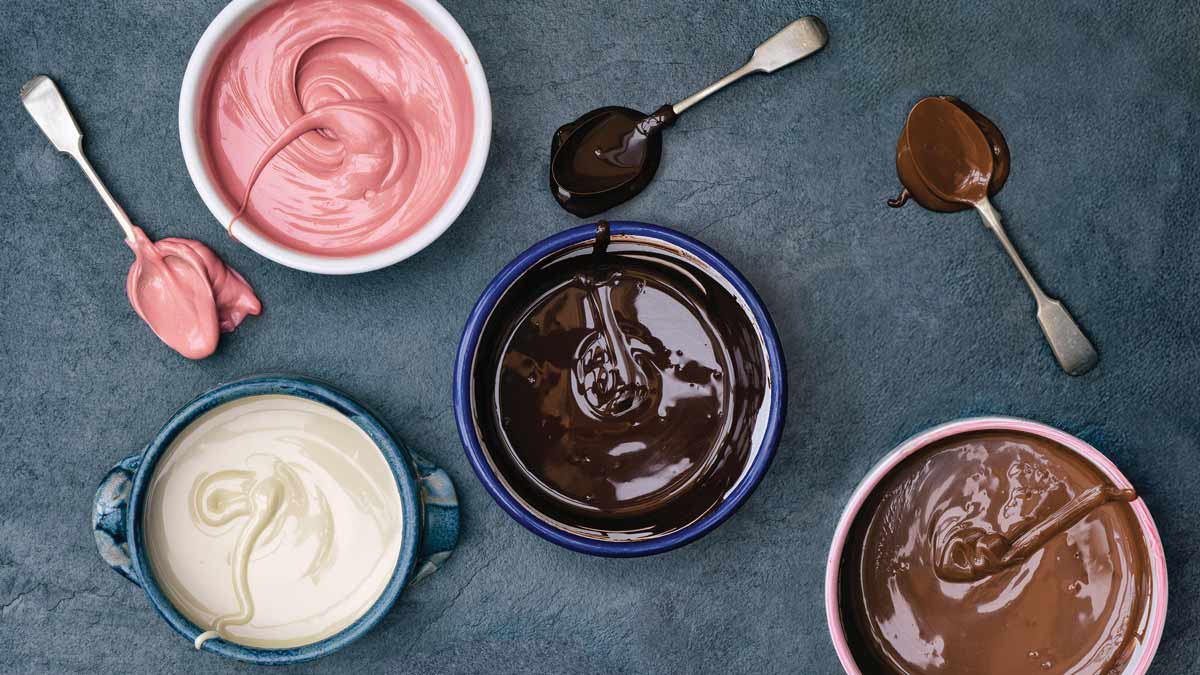Plus, milk chocolate has more added sugars than dark—about 15 grams per ounce. An ounce of 70 percent dark has about 7 grams of added sugars, while 85 percent dark has about 4 grams. Add-ins like caramel or toffee can boost the added sugars content of both types. Nuts, however, add fiber, healthy fats, and antioxidants.
Dark chocolate can be somewhat bitter because it contains less sugar. But the taste depends on where the beans were grown and how the chocolate was made. Many dark chocolate bars have fudgy, fruity, or caramel flavors.
There is a downside to dark chocolate: It can contain the heavy metals cadmium and lead. These are found in the cocoa solids, so milk chocolate has less of them. Over time, exposure to the metals may lead to hypertension, kidney damage, and other health conditions. Sticking to about an ounce and varying brands can help lower the risk. And CR’s tests have found some bars with lead and cadmium counts below our levels of concern, such as Taza Organic Deliciously Dark Chocolate 70% Cacao and Ghirardelli Intense Dark Chocolate 86% Cacao.
Source link
-
-
-
-
-
-
-
-
